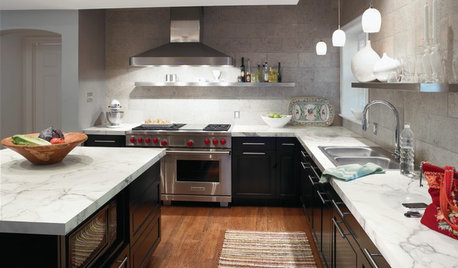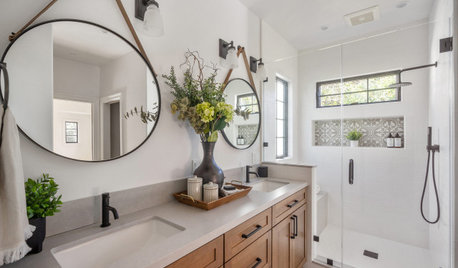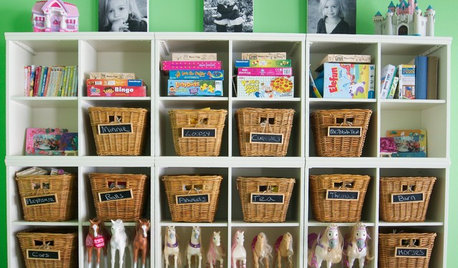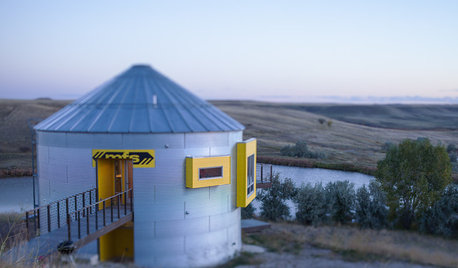Worm bins out of wood: Avoiding plastic
hoorayfororganic
12 years ago
Featured Answer
Sort by:Oldest
Comments (15)
druid180
12 years agoRelated Professionals
Danbury Landscape Architects & Landscape Designers · Franconia Landscape Architects & Landscape Designers · Hershey Landscape Architects & Landscape Designers · Salem Landscape Contractors · Allentown Landscape Contractors · Concord Landscape Contractors · Fairfield Landscape Contractors · Goodlettsville Landscape Contractors · Indianapolis Landscape Contractors · Lancaster Landscape Contractors · Vashon Landscape Contractors · Waterford Landscape Contractors · Harvey General Contractors · Montebello General Contractors · Watertown General Contractorshoorayfororganic
12 years agomendopete
12 years agohoorayfororganic
12 years agoequinoxequinox
12 years agovermiprano
12 years agovermiprano
12 years agomendopete
12 years agovermiprano
12 years agocolin3
12 years agohoorayfororganic
12 years agohoorayfororganic
12 years agoJoeWeil
9 years agorenais1
9 years ago
Related Stories

GARDENING GUIDESHouzz TV: Make a Worm Bin for Rich Soil and Happy Plants
A worm-powered compost bin that can fit under a sink turns food scraps into a powerful amendment for your garden. Here’s how to make one
Full Story
GARDENING AND LANDSCAPINGChoosing a Deck: Plastic or Wood?
Get the pros and cons of wood, plastic, composite and more decking materials, plus a basic price comparison
Full Story
STORAGE9 Ways to Avoid a ‘Floordrobe’ in Your Bedroom
Repeat after me: The floor isn’t storage space for clothes! Tackle the ‘floordrobe’ effect with these smart tips
Full Story
KITCHEN COUNTERTOPSKitchen Counters: Plastic Laminate Offers Options Aplenty
Whatever color or pattern your heart desires, this popular countertop material probably comes in it
Full Story
MATERIALSA Hard Look at Recycled Plastic for the Home
It's durable and versatile, but processing takes a lot of energy. We sort through the facts on recycled plastic so you can choose wisely
Full Story
BATHROOM DESIGN5 Common Bathroom Design Mistakes to Avoid
Get your bath right for the long haul by dodging these blunders in toilet placement, shower type and more
Full Story
ORGANIZINGAvoid the Great Paper Pileup
Don't let unavoidable scraps cause a jam in your paperless system. These easy tips will keep your home office lanes clear
Full Story
PETS5 Finishes Pets and Kids Can’t Destroy — and 5 to Avoid
Save your sanity and your decorating budget by choosing materials and surfaces that can stand up to abuse
Full Story
DECLUTTERINGTame the Toy Chaos: Bin Storage for All
New project for a new year: With bins, totes and shelves, a clutter-free playroom can be yours
Full Story
HOUZZ TOURSHouzz Tour: Prairie Grain Bin Turned Bucolic Retirement Home
An agrarian structure and a big dream combine in this one-of-a-kind home that celebrates 250 acres of Montana grasslands
Full StorySponsored
More Discussions






hoorayfororganicOriginal Author